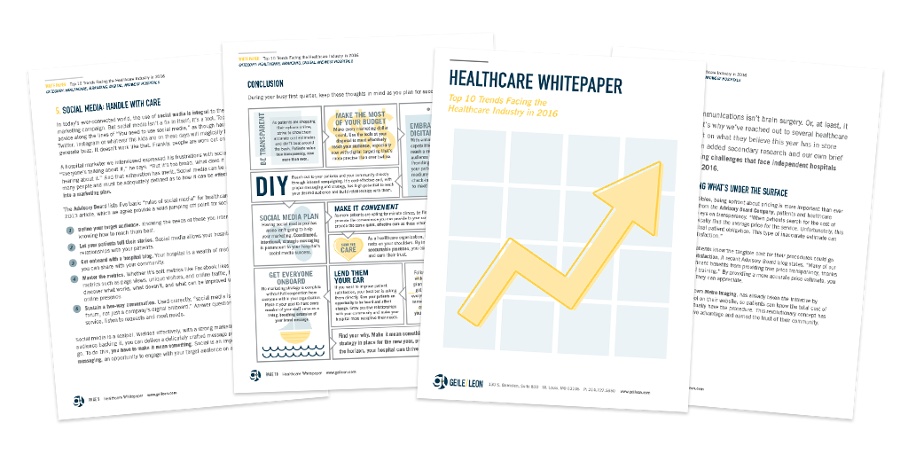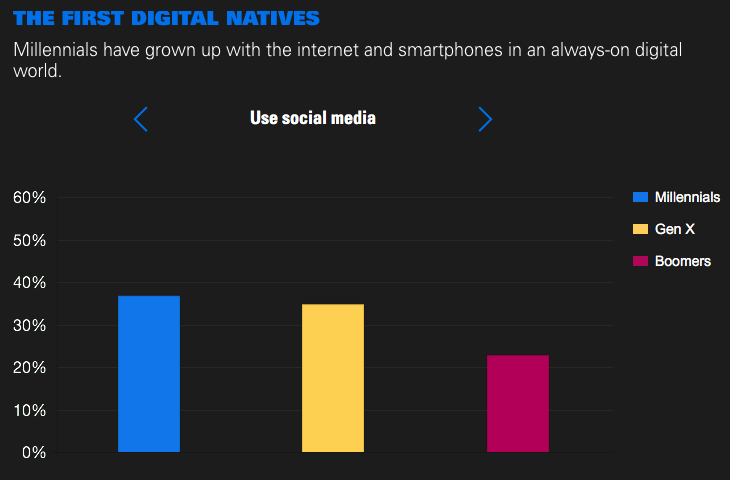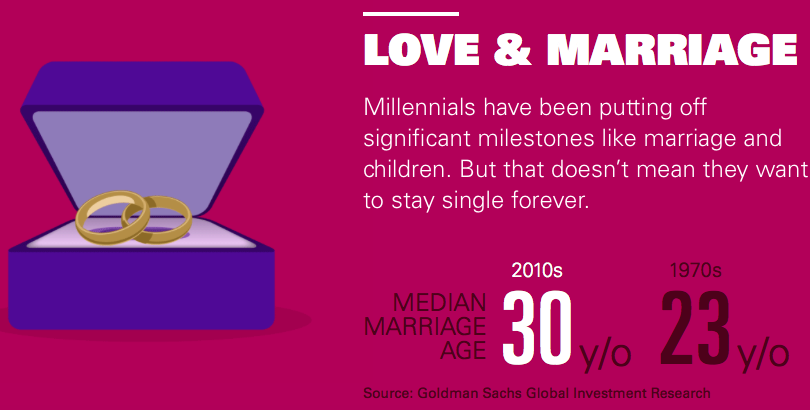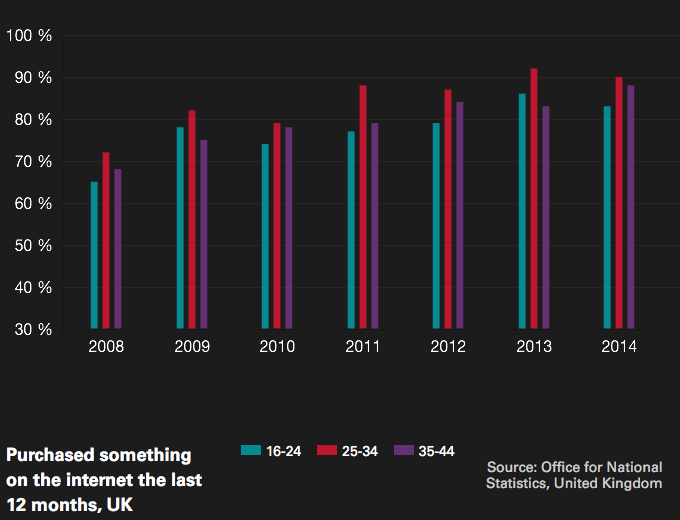The tipping point for mobile apps probably happened in October 2010 when Apple started the trademarking process for the phrase, “There’s an App for That.” Many thought apps were just a fad.
But now they have become part of the ordinary. According to technology author, Sam Castello, as of June 2015 there were 1.5 million apps available for iPhone, the iPad.
So where does that leave mobile apps?
Well, the age of weird mobile apps for the sake of being weird is probably over. Cuddlr, Cat Paint, and of course, Yo, were part of that phase. It was fun. It was weird. But people got tired of it.
Now we are living in the age of practical apps – those that can support a variety of business and marketing functions.
Something that has been growing in popularity over recent years is the idea of eCommerce – head to somewhere like Cell Phone Deal to learn more about these statistics yourself. You see, those who run physical businesses are now making the transition online, meaning that they need the relevant technology and software to be able to do this.
Are you looking for ways to reach more customers and boost the profitability of your business? If so, a mobile app may be the answer. Developing a mobile app for your business by engaging firms like https://www.expedition.co/services/design/mobile-app could prove to be a lifeline for those who want to integrate more features into the running of their businesses.
So how are companies using apps in a more practical way?
A few examples include:
Customer service
According to a survey by mobile marketing automation vendor FollowAnalytics, 38 percent of the respondents said their primarily purpose in creating an app was improving customer service. Another 12 percent said it was to foster customer loyalty, and slightly more than a quarter wanted to extend their customer experiences beyond the Web. “Customer service is the primary purpose of brands’ mobile presence,” said FollowAnalytics’ CEO Samir Addamine. Especially in eCommerce, empowering the business across multiple platforms including mobile, web, in-store, and social can work well. E-Commerce platform solutions like Demandware B2B (Salesforce Commerce Cloud) can give customers a unique and interactive shopping experience. In Salesforce, there are built-in AI and multi-lingual capabilities across all channels.
Employee engagement
As noted in a recent Forbes magazine article, “With more workers predicted to access business applications via their mobile devices in the future, HR leaders have an opportunity to use mobile technology to simplify administrative tasks, boost engagement and drive organizational effectiveness,” observed Glen Chambers in the Society for Human Resource Management’s HR Magazine.
Technical Data
Technicians in many fields could use better access to data. For example, our client, Parker Hannifin – Sporlan Division, developed a mobile app as part of their new line of Smart Tools. HVAC contractors can now read temperature and pressure levels of the air conditioning units they are servicing without bulky gauges and hoses. The app runs on a phone or tablet and displays these readings.
Is it time to make Mobile Apps your reality?
The possibilities for mobile apps to support business processes seems infinite. But before you jump into developing an app for your business, there are some important points to consider. Tom Swip, president of Swip Systems, an intelligent technology solutions company, has compiled a list of barriers to consider in his article ‘It’s Time to Make That Mobile App a Reality.’
Barrier #1 – People believe that creating a mobile app is more expensive than it really is.
Barrier #2 – People believe that their app won’t get approved in the associated app store.
Barrier #3 – People aren’t sure what platform to commit to.
Barrier #4 – People aren’t sure what type of mobile app they should build.
Swip Systems has developed several apps. If you need a help, you can contact Tom at 877.377.SWIP..
Are you ready to take the step?
As Tom states in his blog, ‘The bottom line is this. Your customers (or vendors, or employees) are waiting for you to create mobile apps that will make their lives easier. Holding back on these apps may make it appear as though you are not a forward thinking organization. We both know this isn’t true, so what are you waiting for?’
If you are considering a mobile app, here is an informative video “Making Mobile Apps a Reality”
Need help promoting your app?
And if you are developing a consumer-facing app and need help promoting it, give us a call. We’d love to show you an example of a mobile advertising program we developed to help a consumer products company successfully promote their app. Just give us a call Dan Diveley a call – 314-727-5850 – or fill out the form below.
Make 2016 your tipping point for exploring how mobile apps can move your business forward!
[gl-hs-form form_id=’1863abe3-c1e4-43d0-a298-c7b132f8ce03′]
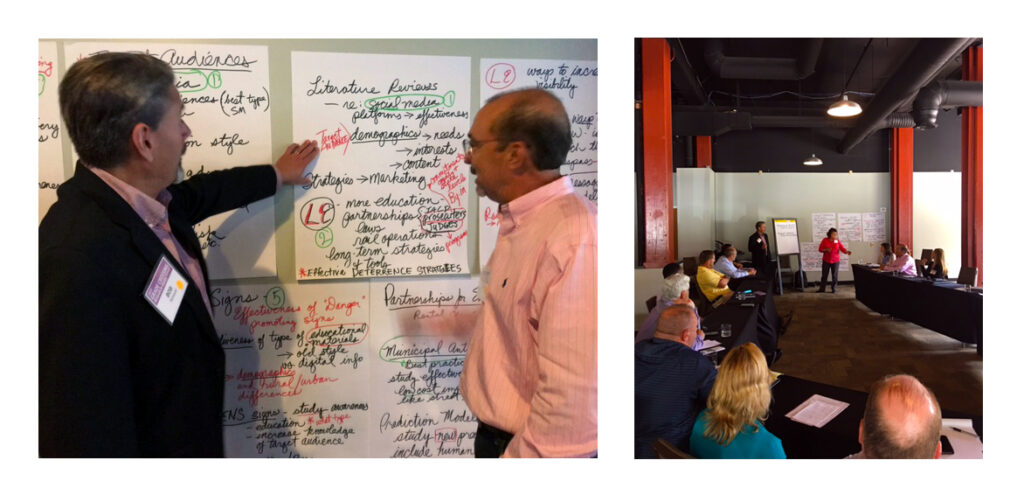 Crossing incidents are the second leading cause of rail-related deaths in the United States, which is why rail safety awareness and education are so important to the safety of our communities. Tim helped brainstorm the expanding role digital media can play in community outreach and education surrounding railroad safety. It was a very productive session attended by thought leaders from all facets of the industry.
Crossing incidents are the second leading cause of rail-related deaths in the United States, which is why rail safety awareness and education are so important to the safety of our communities. Tim helped brainstorm the expanding role digital media can play in community outreach and education surrounding railroad safety. It was a very productive session attended by thought leaders from all facets of the industry.


 The best brands tell stories. Stories that their clients and customers relate to, find compelling, elicit emotion and most importantly – motivate. The content that is created and shared on Instagram can solidify a brand’s identity and relationship with their audience. But, sharing the correct content is always key.
The best brands tell stories. Stories that their clients and customers relate to, find compelling, elicit emotion and most importantly – motivate. The content that is created and shared on Instagram can solidify a brand’s identity and relationship with their audience. But, sharing the correct content is always key. 